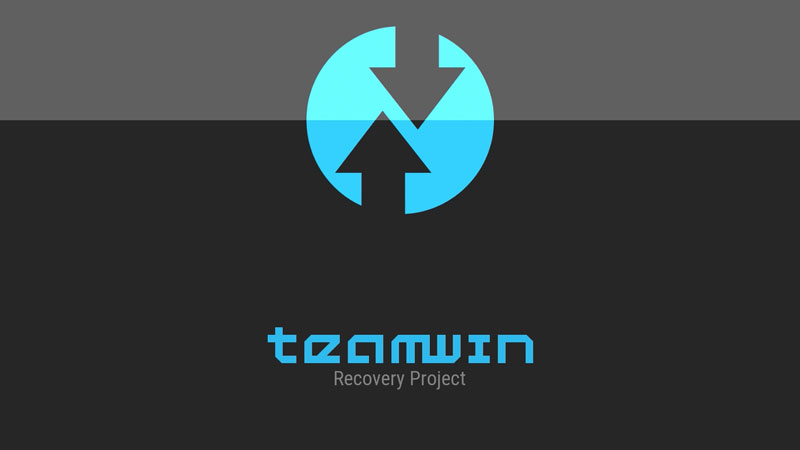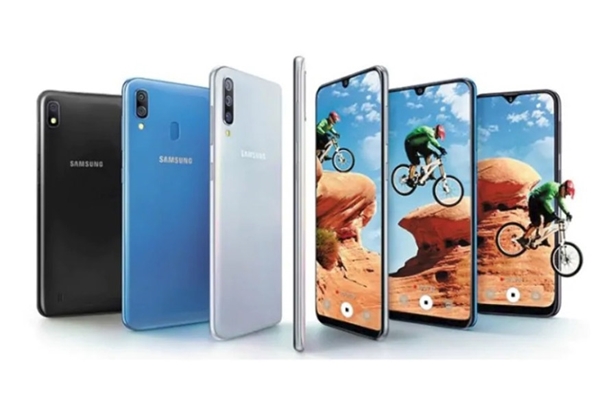NVIDIA Shield and NVIDIA Shield Tablet, both are quite popular among gaming geeks. The NVIDIA Shield is one of the best handheld gaming consoles with a very nice 5.o inches flip up display having a resolution of 1280 x 720p. There’s NVIDIA Tegra 4 Quad Core processor placed inside this device accompanied by a RAM of 2 GB and internal storage of the Shield is 16 GB. NVIDIA Shield is powered up with Android Jelly Bean OS that makes it a good choice to go with since Android will pave way for the modifications and breaking up the boundaries set by NVIDIA on this cool little gadget.
The sibling of NVIDIA Shield, the Shield Tablet isn’t less then a beast as well. The device sports some top notch specifications that make it sit atop of the tablets and a first choice for the gamers. Shield Tablet sports an 8 inches full HD display. There’s 2.2 GHz ARM Cortex A15 CPU accompanied by NVIDIA Tegra K1 192 core Kepler GPU and a RAM of 2 GBs. The tablet comes in 16 and 32 GB variants, and a plus point of this tablet is the NVIDIA Dabbler that allows you to do 3D oil painting on this beast. NVIDIA Shield Tablet runs on Android KitKat out of the box.
Since both these devices, as mentioned, run on Android OS, this fact won’t let the Android enthusiasts sit calm. If you happen to be a lucky owner of any of these devices and you’re willing to enhance the usability by going out of the sphere, you probably will need root access and a custom recovery running on your Shield or Shield Tablet. Before you start wondering here and there, we’ve already found the method and explained in the proceeding post that how you can root your NVIDIA Shield and Shield Tablet and get a custom recovery (CWM, TWRP or Philz Advanced CWM) running on your device. Let’s go through the early preps and then proceed with the method.
Just in case you don’t know about a custom recovery and root access, here’s a little intro for you:
A custom recovery allows you to install custom roms, mods etc. Along with these, you can make a Nandroid backup, this helps you a lot as you can move back to the previous working state of your phone at any time you want if you have backed up your current system. In some cases, to root the phone you need to flash SuperSu.zip file in the custom recovery, having installed the recovery may help you while in some cases to install the recovery easily, you need to have the phone rooted. You can also wipe cache and dalvik cache of your phone using a custom recovery.
Rooting your phone gives you complete access over all the data which is apparently locked by the manufacturers. This includes removal of the factory restrictions and making changes to the internal system and the operating system. Gaining the root access gives you the privileges to install various applications to enhance the performance of your device, allows you to remove the built-in applications/programs, helps you to upgrade the battery life of your device & install the apps which require the root access for the proper functionality and modify your device in so many other ways e.g using mods and flashing custom recoveries and custom ROMs. Here’s our collection of 10 Best Root Apps.
Early Preparations:
. This guide is only for NVIDIA Shield & NVIDIA Shield Tablet!
Make sure that your device is exactly as mentioned above. To check out what device you have, go to Settings > More/General > About Device or Settings > About Device and match the model number. Be careful about the device model number, flashing a file on a device not listed here might result in bricking it up.
2. Battery should be charged at least 60%!
Your device’s battery shouldn’t be weak. In case your device goes dead during the flashing process, your device may get soft bricked and you might be in need of flashing stock firmware and that will ultimately result in wiping up your data as well. So, make sure that you charge your device before you start the flashing process.
6. Disclaimer
The methods involved in flashing custom recoveries, roms and rooting your phone are highly custom and may result in bricking your device, and has nothing to do with Google or the device manufacturer that is NVIDIA in our case. Also rooting your device will void its warranty and you will be no longer eligible for any kind of free device services by the manufacturers/warranty providers. In case of any mishap we may not be held responsible. Follow these instructions to the letter to avoid any mishap or bricking. Make sure that whatever you do, you are doing it at your own responsibility.
How To Root NVIDIA Shield & NVIDIA Shield Tablet:
- Download Towelroot apk directly on your Shield or copy it to your device.
- Now install the downloaded apk file. To do so, locate it on your device and tap to begin.
- Allow “Unknown Sources” from Settings > Security if prompted. Select “Package Installer” if asked.
- Now open the installed Towelroot application from the app drawer.
- In Towelroot click on “make it ra1n”.
- Once clicked and done, open Google Play Store and install “SuperSu”.
- Once installed, open SuperSu and reboot your device when it tells you to do so.
- That’s all, once rebooted, your device will be rooted!
- Install “Root Checker” from the Play Store to verify root access.
- You may install “Busy Box” from the Google Play as well now.
How To Install Custom Recovery on NVIDIA Shield & NVIDIA Shield Tablet:
- Download and install Flashify on your NVIDIA Shield or Shield Tablet.
- Download the recovery.img file on your device. Here’s CWM for Shield | CWM for Shield Tablet.
- Now open Flashify on your Shield or Shield Tablet.
- Tap on “Recovery Image > Choose a File > Locate the downloaded recovery.img file > flash it”.
- That’s all! it will quickly flash the recovery and you’re done.
Just in case you got any queries or you’re stuck with something regarding this post, make sure that you drop your words in the comment box below. We will get back to you ASAP. In case you like the work of the developers, make sure that you manage to get them a bear. We’ve listed them below.
- Towelroot credits: Geohot
- CWM for Shield credits: agrabren
- CWM for Shield Tablet credits: Unjusitified Dev














